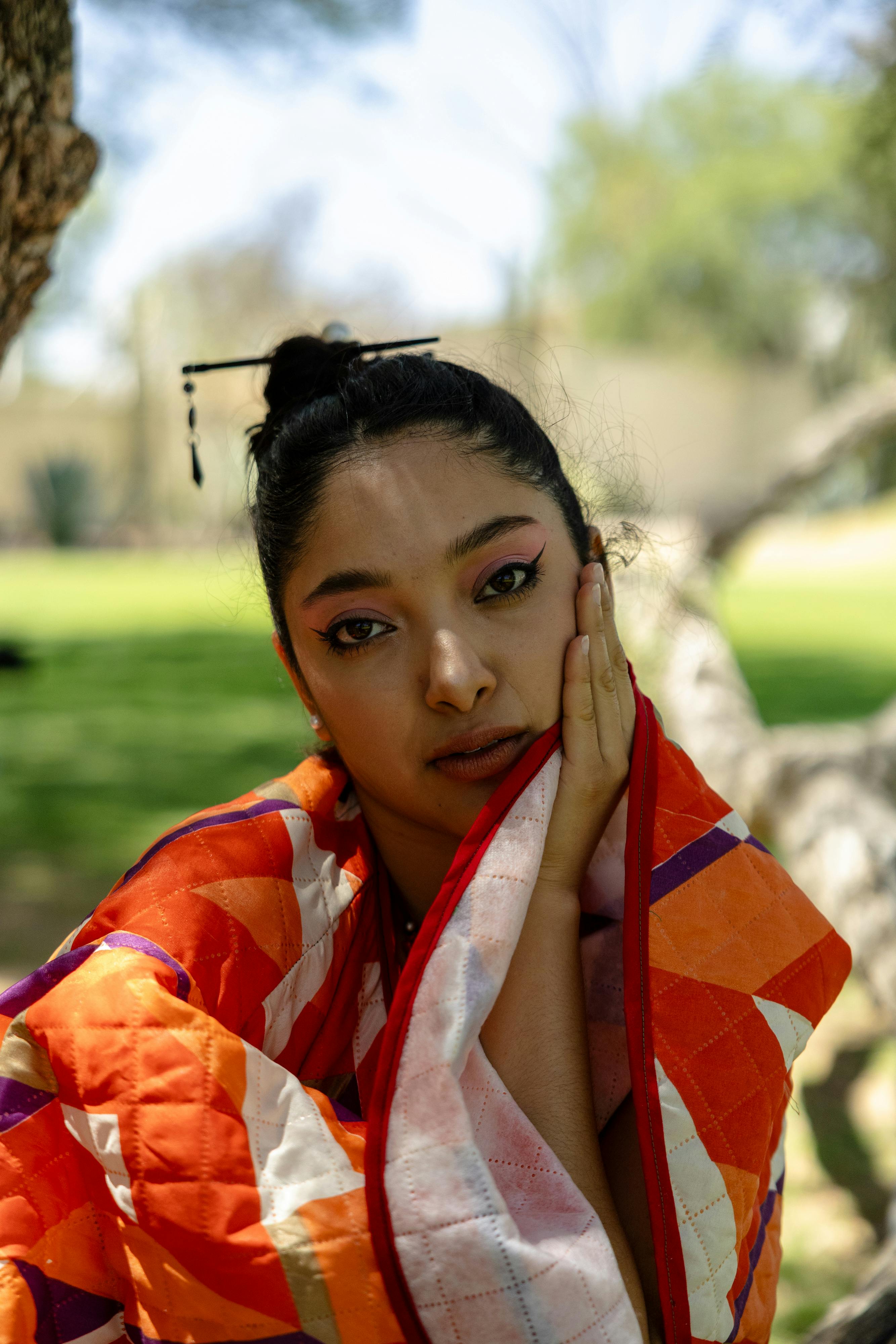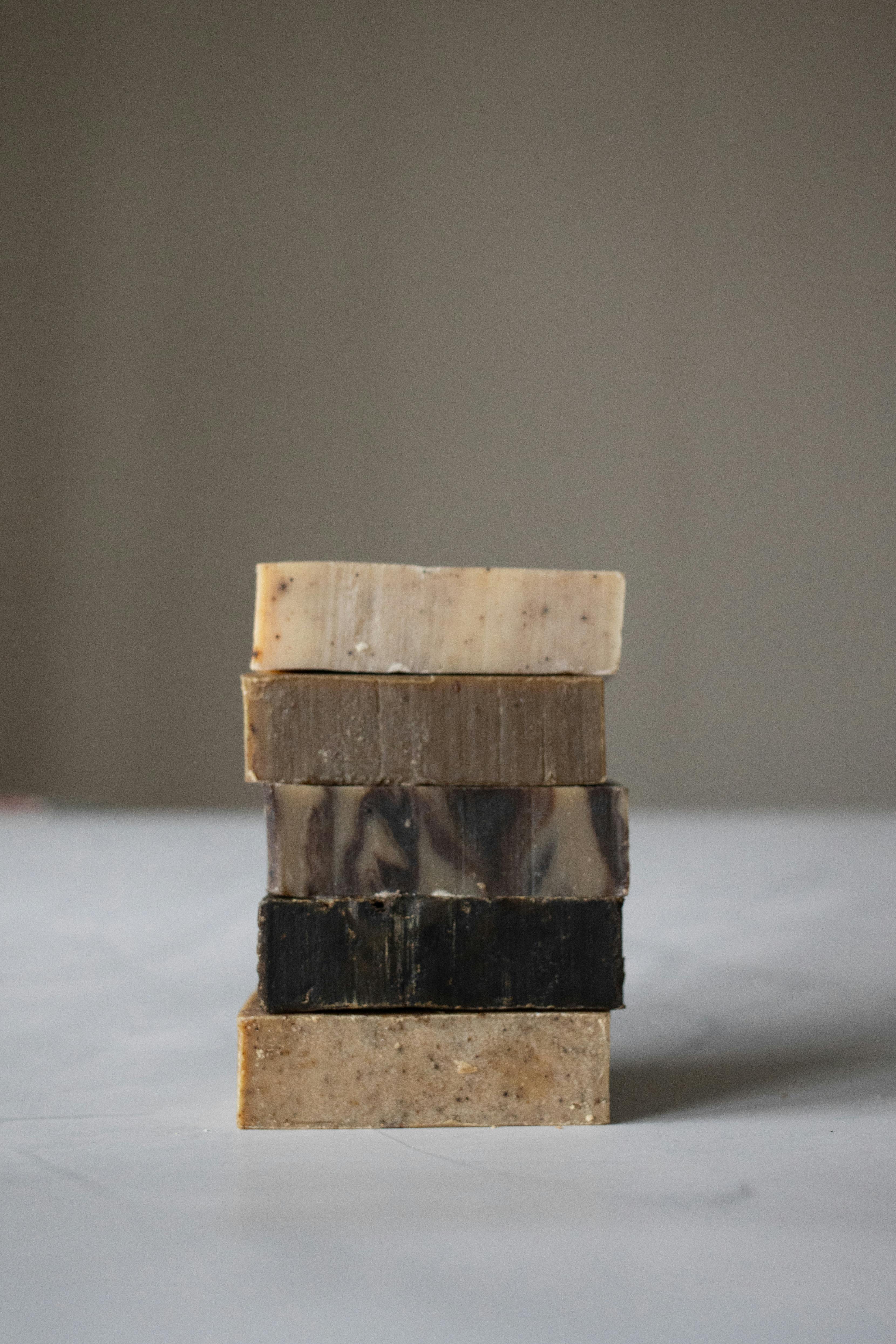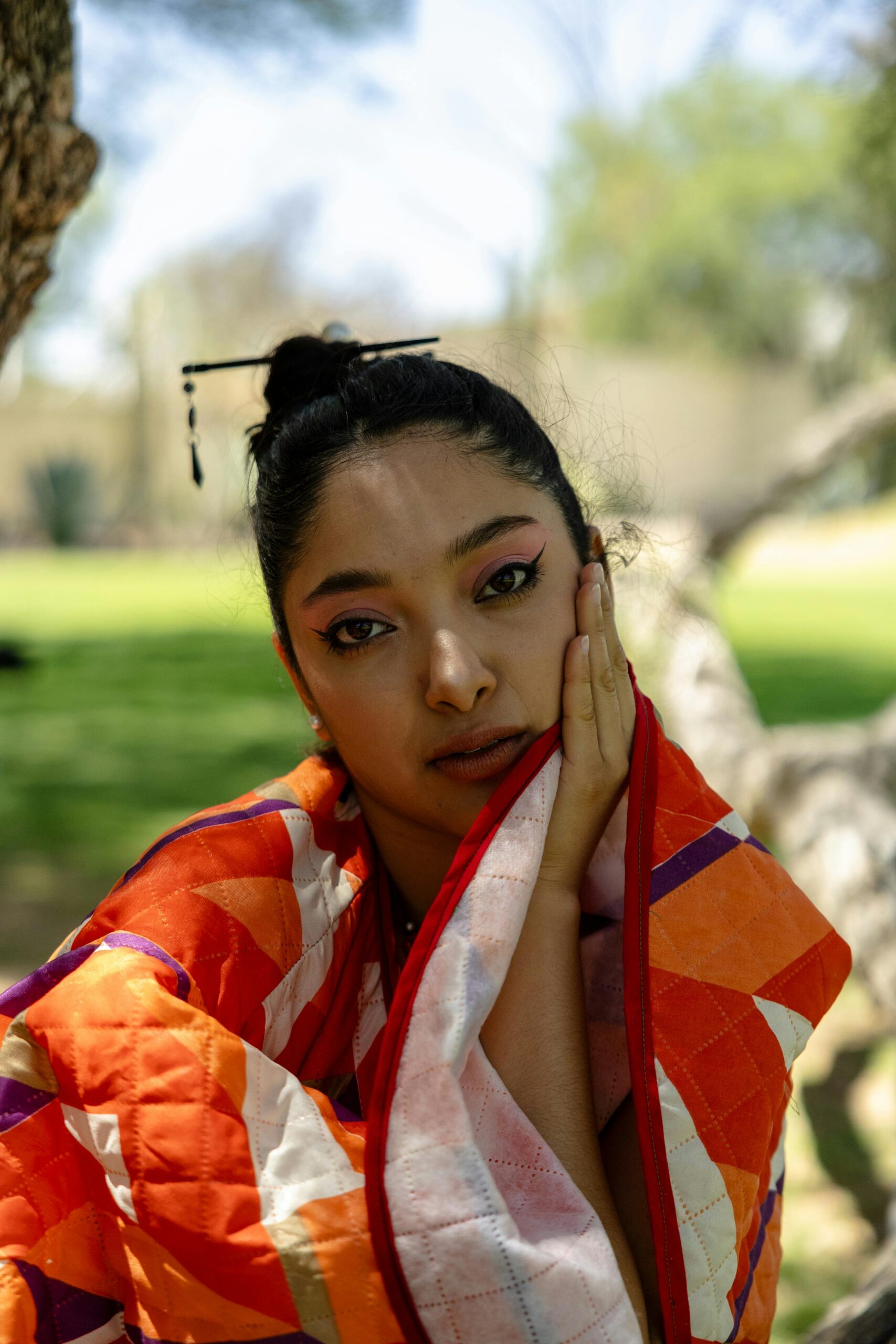Discovering Blackford’s Beauty Quilt Block Patterns
The timeless charm of the Blackford’s Beauty quilt block continues to captivate quilters around the world. Rooted in rich quilting tradition, this pattern blends complexity and elegance, making it a favorite among both novice and seasoned crafters. In this comprehensive guide, you’ll explore its history, design principles, step-by-step creation process, and advanced applications that elevate your quilting skills to a professional level.

Understanding the Fundamentals
The Blackford’s Beauty quilt block is a distinctive nine-patch block, combining square and star elements into one cohesive, striking design. With origins tracing back to traditional American quilting, it’s known for its geometric sophistication and vibrant contrasts.
This quilt block not only serves as a staple in classic quilting projects but also bridges vintage aesthetics with modern creativity. Like assembling a puzzle, each piece fits with intention—making understanding its foundation crucial to successful execution.
1.1 Structural Composition
The block features a central square-in-a-square motif surrounded by contrasting corner blocks and a cross layout that mimics the look of an Ohio Star. These layered components give Blackford’s Beauty quilt block its dimensional depth and visual movement.
For example, alternating light and dark fabrics create optical effects, allowing the center to appear recessed or elevated. This clever use of value and contrast is what sets the design apart from more simplistic quilt blocks.
1.2 Design Harmony and Color Balance
Unlike some blocks where uniformity reigns, Blackford’s Beauty encourages fabric play. While it echoes traditional layouts, it provides freedom in selecting hues and prints to match personal tastes or thematic requirements.
Use of complementary colors—such as navy and gold or red and cream—can modernize the quilt while preserving its heritage-inspired structure. In many artisan showcases, this block stands out for its high-impact, low-waste construction.
Practical Implementation Guide
Bringing a Blackford’s Beauty quilt block to life requires precision, patience, and preparation. Once the foundational concepts are mastered, the creation process becomes a rewarding journey filled with creativity.

2.1 Actionable Steps
- Choose Your Fabrics: Select four to five high-contrast fabrics. Choose a light, a dark, and three midtones that blend well together.
- Cut Precisely: Using a rotary cutter and quilting ruler, cut squares, rectangles, and triangles as required. Accuracy at this stage prevents misalignment.
- Layout and Assemble: Start from the center and work outward. Sew each quadrant separately, press seams open, and then join to complete the block.
2.2 Overcoming Challenges
Quilters often face alignment issues, uneven seams, and fabric stretching. Common solutions include:
- Using starch spray to stabilize fabric
- Consistently pressing between seams
- Pre-cutting fabric with templates for accuracy
Expert tips: Always test fabric combinations before full assembly. Use a design wall to preview how blocks interact visually across the quilt top.
Advanced Applications
Once you’ve mastered the basic Blackford’s Beauty quilt block, advancing into more creative territories becomes an exciting next step. These applications enhance not only aesthetic appeal but also functionality and storytelling.

3.1 Quilted Wall Hangings and Art Pieces
Using rich batik fabrics or hand-dyed textiles, these blocks can be transformed into artful wall pieces. Add embroidery, beading, or metallic thread for dimension. In one project case, a quilter layered translucent silks for a stained-glass effect with remarkable success.
Measuring performance by visual impact, these art pieces often become focal points in interior design—especially in farmhouse or rustic-themed spaces.
3.2 Integration in Mixed Block Quilts
Mix Blackford’s Beauty quilt block with other classic blocks such as the Churn Dash or Log Cabin to create variety in large-scale quilts. Pay attention to scale and cohesion for a harmonious quilt top.
Ensure fabric palettes remain consistent and adjust block sizes as needed using sashing or framing techniques. This approach adds both narrative and movement across your quilt composition.
Future Outlook
With modern quilting gaining mainstream traction, the revival of historical blocks like Blackford’s Beauty is part of a growing trend. Designers are blending traditional motifs with digital design tools and sustainable materials.
In the next 3-5 years, expect more pre-cut kits, virtual quilt-alongs, and AI-generated patterns inspired by historic designs. To stay ahead, quilters should familiarize themselves with design software like EQ8 and invest in hybrid techniques that combine hand and machine quilting.
Conclusion
Three key takeaways: the Blackford’s Beauty quilt block merges tradition with flexibility, its construction enhances both form and function, and mastering it unlocks deeper creative opportunities. Its relevance in today’s quilting world remains strong due to its visual appeal and design integrity.
If you’re ready to elevate your quilting projects, start experimenting with this versatile block today. Dive into your fabric stash, embrace the process, and create something timeless and uniquely yours.
Frequently Asked Questions
- Q: What is Blackford’s Beauty quilt block? It’s a traditional nine-patch quilt block with a central square and star design, popular for its layered complexity and symmetry.
- Q: How do I get started with making one? Begin by selecting high-contrast fabrics and cut precise pieces using a rotary cutter, following a pattern layout.
- Q: How long does it take to complete one block? On average, 1-2 hours per block depending on skill level and fabric preparation time.
- Q: Is it expensive to make? Cost varies by fabric quality. Expect to spend $10–$25 per block with premium materials, less with scraps or bulk fabric.
- Q: How does it compare to other quilt blocks? It’s more intricate than basic squares or strips but more impactful. It balances challenge and satisfaction.
- Q: Is this block beginner-friendly? It’s moderate in difficulty. With basic sewing skills and pattern guidance, beginners can achieve success by starting slow.
- Q: Can it be used in themed or seasonal quilts? Absolutely. Use thematic fabrics (e.g., fall colors, holiday prints) to adapt the block for any occasion or décor.
